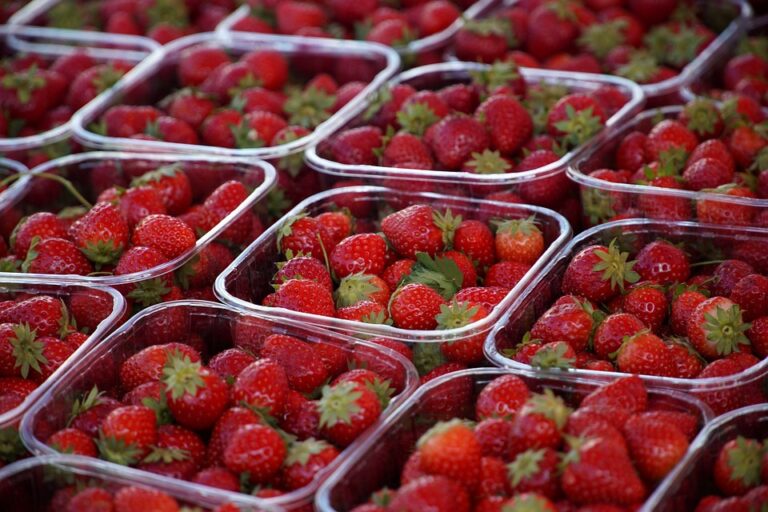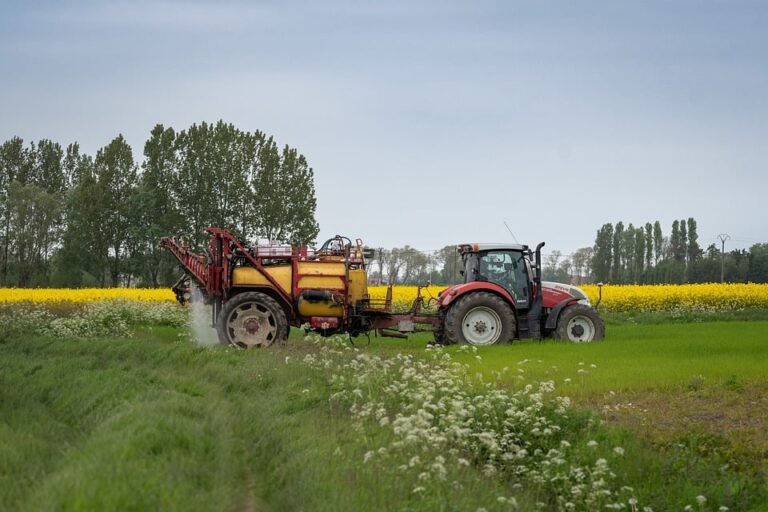From Tsarist Estates to Collective Farms: The Evolution of Russian Agriculture
Russian Agriculture Under Tsarist Rule
Under Tsarist rule, Russian agriculture was characterized by large estates owned by the nobility and worked by serfs. The land was divided into vast expanses of fields, primarily used for growing grains such as wheat, barley, and rye. The nobility, who held the majority of the land, profited from the labor of serfs who were bound to work the land.
The system was highly exploitative, with the serfs living in poverty and facing harsh working conditions. The lack of modern farming techniques and technology also hindered productivity, leading to inefficiency in agricultural production.
The Rise of Collective Farms
The Russian Revolution of 1917 brought about significant changes in Russian agriculture. The Bolsheviks, led by Vladimir Lenin, sought to abolish the feudal system of land ownership and distribution. In 1918, the Decree on Land was passed, which nationalized all land and abolished private land ownership.
This marked the beginning of the collectivization of agriculture in Russia. The goal was to consolidate small, fragmented farms into larger, more efficient collective farms. The government believed that collective farming would increase productivity, allow for better resource allocation, and facilitate the mechanization of agriculture.
Challenges and Resistance
However, the transition to collective farming was not without its challenges. Many peasants were hesitant to give up their small plots of land and join collective farms. Some were distrustful of the government’s intentions, while others feared losing their autonomy and independence.
Resistance to collectivization was met with harsh repression by the Soviet government. Peasants who refused to join collective farms were labeled as “kulaks” (wealthy peasants) and were often persecuted, deported, or even killed. The government also confiscated grain and livestock from those who resisted collectivization, further exacerbating tensions.
The Impact of Collectivization on Russian Agriculture
Despite the challenges and resistance, collectivization eventually became widespread in Russia. By the late 1930s, the majority of agricultural land was under collective ownership. The government invested heavily in mechanization, infrastructure, and training programs for collective farm workers.
The collectivization of agriculture led to significant improvements in productivity and efficiency. Large-scale mechanization allowed for increased crop yields and reduced labor requirements. The government also implemented centralized planning and allocation of resources, which helped to stabilize the agricultural sector.
Aftermath of Collectivization
However, the forced collectivization of agriculture also had negative consequences. Many collective farms were plagued by inefficiency, mismanagement, and corruption. The lack of individual incentive and autonomy led to a decline in quality and production.
During the Stalinist era, the government imposed unrealistic production targets on collective farms, which often resulted in over-extraction of resources and widespread famine. The collectivization of agriculture also disrupted traditional farming practices and communal ties in rural communities.
Post-Soviet Reforms
With the dissolution of the Soviet Union in 1991, Russia underwent significant economic and political reforms. The agricultural sector was no exception, as the government sought to transition from a centralized command economy to a market-oriented system.
In the post-Soviet era, many collective farms were disbanded, and land was privatized. Small-scale family farms and agribusinesses began to emerge, as farmers were given the opportunity to own and manage their own land. The government also introduced subsidies, incentives, and support programs to promote agricultural development.
Current Challenges and Future Prospects
Despite the reforms, Russian agriculture continues to face challenges in the 21st century. The sector is plagued by inefficiency, outdated infrastructure, and lack of investment. Climate change, environmental degradation, and changing consumer preferences also present new challenges for Russian farmers.
However, there are also opportunities for growth and development in Russian agriculture. The country’s vast arable land, fertile soil, and rich agricultural heritage provide a strong foundation for economic expansion. Sustainable farming practices, technological innovation, and investment in research and development can help to modernize and revitalize the agricultural sector in Russia.
In conclusion, the evolution of Russian agriculture from tsarist estates to collective farms reflects the complex history and dynamics of the country’s agricultural sector. While the forced collectivization of agriculture had its drawbacks, it also led to significant improvements in productivity and efficiency. The post-Soviet reforms have brought new challenges and opportunities for Russian farmers, as they navigate a changing economic and environmental landscape. By embracing new technologies, sustainable practices, and market-oriented strategies, Russian agriculture can continue to thrive and adapt to the challenges of the 21st century.





